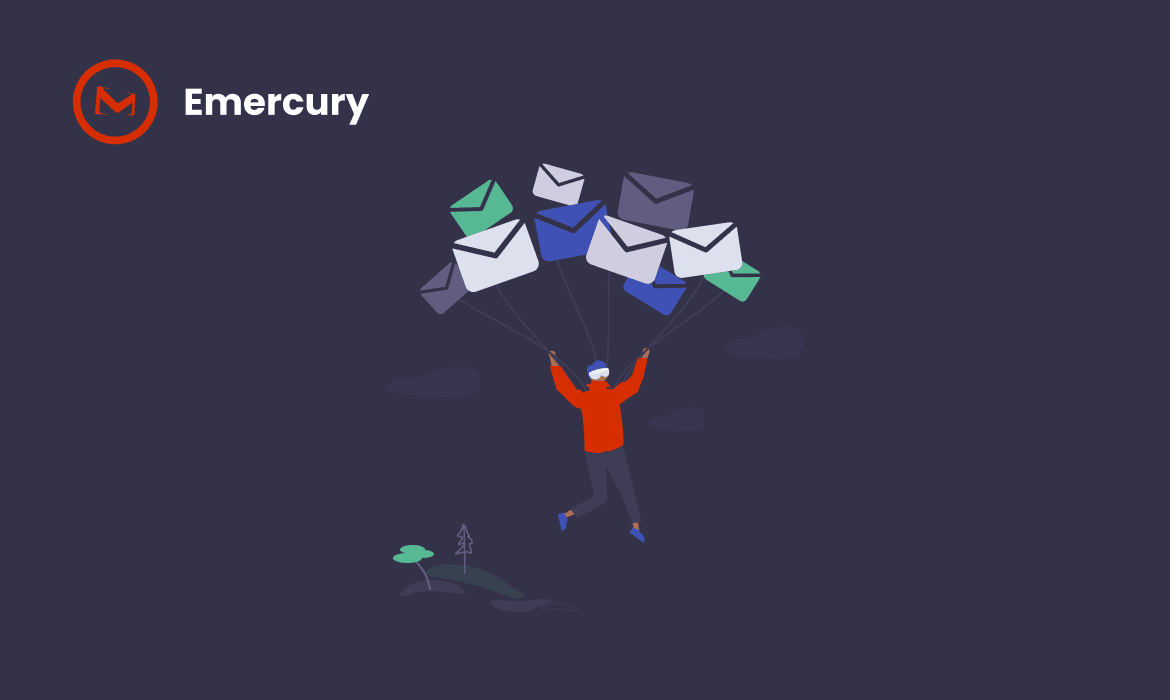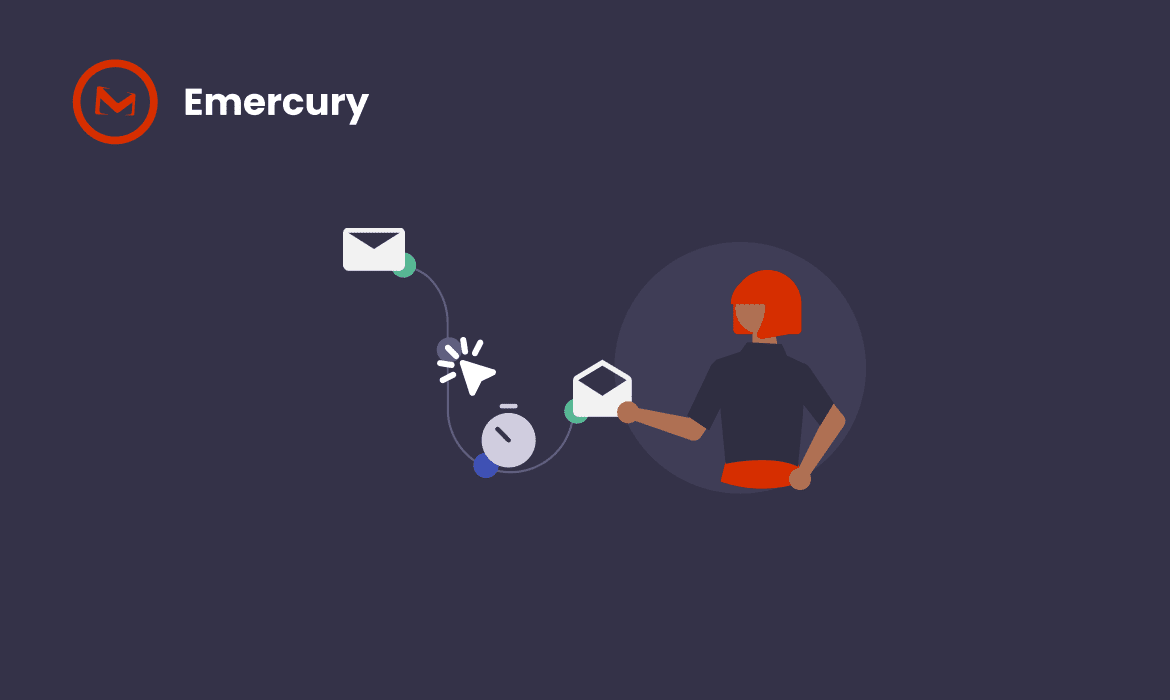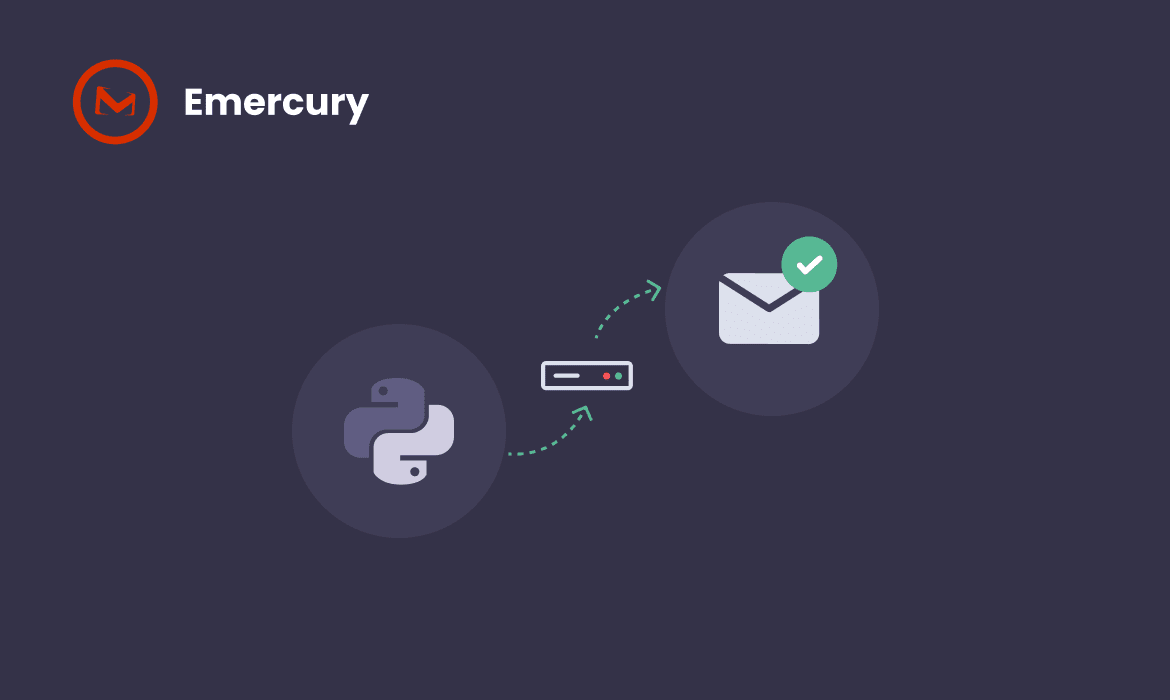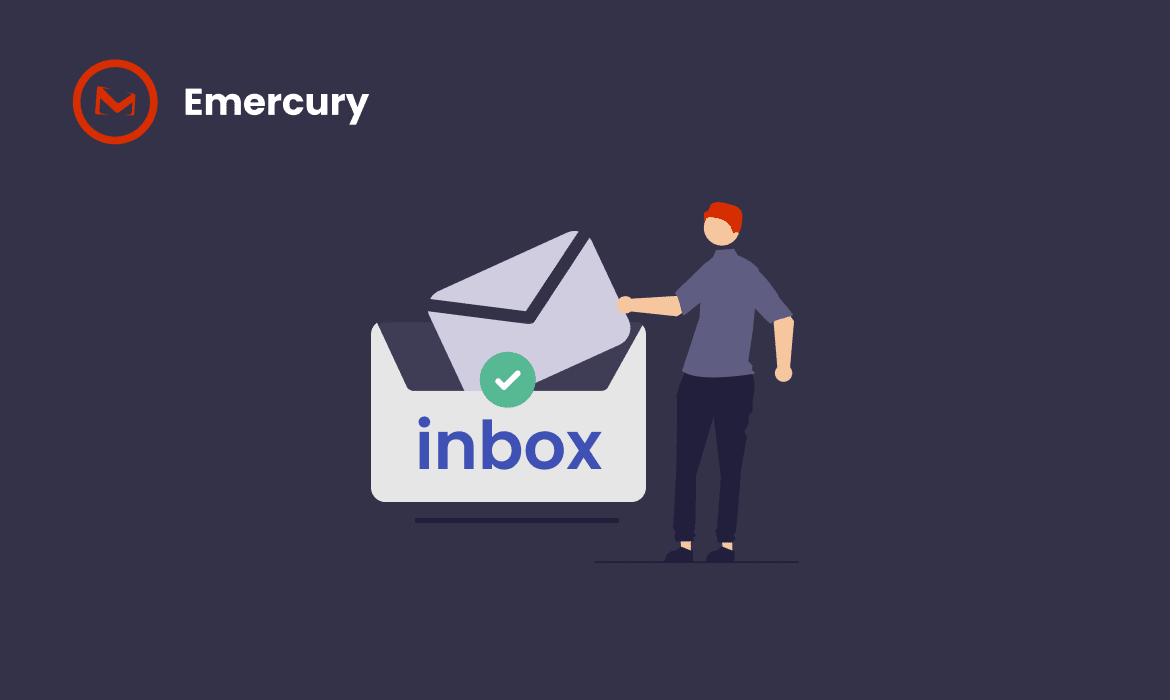WooCommerce follow up emails are the secret weapon smart store owners use to recover lost revenue. Did you know that repeat customers generate 5 to 7 times more revenue per visit than average shoppers? Even more impressive, 65% of a company’s business comes from existing customers, making retention strategies absolutely essential for growth.
However, keeping customers engaged isn’t always easy. With 60% to 80% of shoppers abandoning their carts, store owners need systematic ways to bring them back. Automated follow up emails provide the perfect solution for reconnecting with inactive customers. These targeted messages can increase purchase likelihood by 30%, especially when personalized based on customer behavior. Additionally, follow up marketing after purchase helps build lasting relationships that translate to consistent sales.
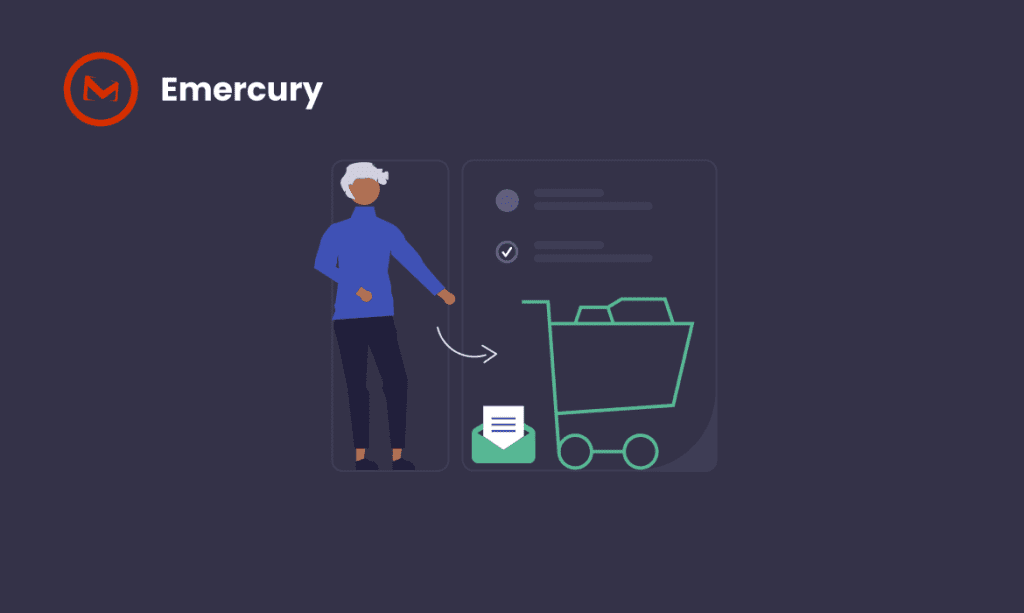
This guide shows you how to set up effective WooCommerce follow up emails for abandoned carts and win-back campaigns. You’ll learn practical strategies that have helped businesses achieve conversion rates above 2% with well-crafted winback emails. Let’s dive in and discover how to turn one-time buyers into loyal customers!
Understanding WooCommerce Follow-Up Emails
Beyond basic order confirmations lies a powerful marketing strategy: WooCommerce follow-up emails. While often confused with each other, these two email types serve distinctly different purposes in your customer communication strategy.
What makes follow-up emails different from transactional emails
Transactional emails are primarily functional—they confirm actions your customers have already taken. These include order confirmations, shipping notifications, and password resets. They’re defined as “one-off emails sent to one or very few recipients, customized specifically for the recipient”.
In contrast, follow-up emails are relationship-building tools designed to nurture ongoing customer engagement. The fundamental differences include:
- Purpose: Transactional emails confirm actions; follow ups encourage future actions
- Timing: Transactional emails are immediate responses; follow ups are strategic sequences
- Regulation: Transactional emails don’t require unsubscribe links; marketing follow ups do
- Performance: Transactional emails achieve an impressive 65% open rates, while thank you emails generate 18% click-through rates compared to just 2% for regular marketing emails
Why follow up marketing is essential for retention
Simply put, follow up marketing directly impacts your bottom line. After all, acquiring new customers costs five times more than retaining existing ones.
When customers receive personalized follow ups, they’re more likely to return. In fact, customers who had positive experiences spent 140% more than those with poor experiences. Furthermore, properly timed emails can dramatically increase your revenue—abandoned cart emails convert at rates three times higher than other automated emails.
Follow up emails create multiple benefits:
- Build stronger customer relationships through regular, meaningful communication
- Filter your audience with specific triggers to reach the right people at the right time
- Increase conversions through personalized recommendations (up to 80% higher)
- Deliver timely information that keeps your brand top-of-mind
As one marketing director noted, post-purchase campaigns can boost customer engagement by 42.5%. Additionally, personalized emails deliver six times higher transaction rates than generic messages.
How automated follow up emails work in WooCommerce & Emercury.net Work
WooCommerce follow up emails operate on a straightforward trigger-action framework:
- Triggers: Specific customer behaviors that initiate an email sequence
- Rules: Conditions defining when triggered emails should be sent
- Actions: The system executes predetermined responses—typically sending personalized emails
Emercury’s WooCommerce integration makes this process seamless. Once installed, customers and their purchase data are automatically synced with your Emercury account. This allows you to tag them based on their customer status and create targeted segments.
Implementing WooCommerce follow up emails in your store can significantly boost customer retention and revenue recovery. Emercury’s Journey Builder serves as the command center, allowing you to “craft personalized customer journeys without requiring technical expertise”.
Once set up, these automated workflows operate continuously in the background while you focus on other aspects of growing your business. The system can automatically detect when customers leave items in their cart, adding them to designated lists and making their product data available to your automation workflow.
Segmenting and Targeting Inactive Customers
Successful WooCommerce follow up emails start with smart customer segmentation. Before you can win back customers, you need to identify who’s actually inactive and understand why they’ve disengaged.
Identifying inactivity periods based on product type
The timeframe that defines “inactive” varies dramatically depending on what you sell. A smartphone retailer and an ice cream shop will have entirely different expectations for purchase frequency.
The first thing to remember is to ask yourself: How often should customers reasonably purchase your products? For instance:
- Fast-moving consumer goods: Consider customers inactive after 1–3 months
- Seasonal products: Look at year-over-year purchasing patterns
- Durable goods: Set longer timeframes (6+ months) before flagging inactivity
Many store owners use a simple approach: if a customer hasn’t purchased within your defined timeframe (such as 90 days), they’re considered inactive. Most email marketing platforms can automatically track and flag these customers based on your criteria.
Behavioral segmentation vs demographic segmentation
While demographic segmentation (age, gender, income) provides fundamental audience understanding, behavioral segmentation offers more actionable insights for automated follow up emails.
Behavioral segmentation divides customers based on their actual interactions with your store:
- Purchase patterns and frequency
- Website engagement levels
- Email response rates
- Cart abandonment (which affects 85% of US-based mobile users)
- Customer loyalty and repeat purchase behavior
Essentially, behavioral data reveals what customers actually do rather than who they theoretically are. One marketing study showed that cart abandonment emails containing a coupon code achieve a remarkable 44.37% average open rate, demonstrating the power of behavior-based targeting.
Consequently, behavioral segmentation allows for precise automation triggers such as:
- Customers who haven’t purchased in X days
- Shoppers who abandoned carts with specific products
- Previously loyal customers who’ve stopped engaging with emails
- Visitors who browse repeatedly without purchasing
Using purchase history to personalize follow ups
Purchase history provides invaluable context for crafting targeted win-back campaigns. According to marketing research, 45% of customers who engage with win-back emails will open future messages too, primarily because these campaigns initiate meaningful conversations.
Consider these strategic approaches to purchase-history-based segmentation:
- High-value customer wins: Create special incentives for previously big spenders who’ve gone dormant
- Product category enthusiasts: Target customers with offers related to categories they’ve previously shown interest in
- Replenishment reminders: Calculate typical usage periods for consumable products and send timely reminders
RFM analysis (Recency, Frequency, Monetary value) offers a structured framework for identifying your most valuable inactive segments. This approach helps prioritize which customers deserve the most attention in your win-back efforts.
During the segmentation process, avoid sending generic messages to your entire list. Instead, create targeted segments based on customer interactions with your website, purchase history, and buying behaviors. This personalized approach significantly increases the likelihood of re-engagement.
Setting Up Automated Win-Back Campaigns
Implementing effective woocommerce follow up emails requires the right tools and strategic setup. Win-back campaigns specifically target customers who haven’t interacted with your brand for an extended period, encouraging them to return and make additional purchases.
Choosing the right WooCommerce plugin: Emercury.net
Emercury stands out as a powerful solution for automated follow-up marketing. This platform provides a seamless integration with WooCommerce, ensuring customers and their purchase data automatically sync with your Emercury account. The system operates with an ‘unopinionated’ approach, giving store owners complete freedom to design personalized email workflows.
Key advantages of Emercury include:
- Hyper-personalized post-purchase marketing automation
- Full control over abandoned cart recovery processes
- Customer tracking and segmentation based on purchase history
- Detailed analytics on email marketing performance
The Emercury WooCommerce plugin supports over 10,000 customers who use it for targeted campaigns, automated follow-ups, and abandoned cart recovery.
Creating triggers based on inactivity or cart abandonment
The heart of effective follow-up emails lies in properly configured triggers. Emercury employs a straightforward trigger-action framework where specific customer behaviors initiate predetermined responses.
Common triggers you can implement include:
- Abandoned carts – Automatically detected when customers leave items without completing checkout
- List membership – When customers are added to specific lists
- Tag-based triggers – Activated when customers receive specific tags in your system
- Email engagement – Triggered by opens, clicks, or lack of interaction
For abandoned cart sequences, Emercury’s plugin automatically detects when customers leave items unpurchased. The system then adds these customers to your designated list and makes their product data available to your automation workflow.
Scheduling delays and email frequency
Timing is critical for win-back campaigns. Industry data suggests sending your first re-engagement email after three months of inactivity, when customers are at risk of lapsing. After 6-9 months of inactivity, customers typically fully disengage, making recovery more challenging.
An optimal win-back email sequence includes:
- Initial reminder – Send within 1 hour for abandoned carts or 90 days for general inactivity
- Follow-up with incentive – Schedule 24 hours after initial email (for carts) or 30 days after first win-back email
- Feedback request – Set another 24-48 hour delay after second email
- Last-chance communication – Schedule after another appropriate delay
- Unsubscription notification – Final email in sequence
Notably, Emercury’s abandoned cart recovery tools make implementing this timing sequence effortless. The platform automatically triggers emails at strategic intervals—sending initial reminders within an hour, second emails at the 24-hour mark, and final messages after 48 hours.
Using personalization and incentives
Emercury allows you to craft personalized messages using merge tags to include customer and product information from your WooCommerce store. You can create discount codes in WooCommerce and include them in your email campaigns to incentivize returns.
Effective win-back campaigns can include various incentive strategies:
- Personalized product recommendations based on purchase history
- Targeted messaging using customer data and behavior
- Strategic timing based on customer lifecycle stage
- Customized content for different customer segments
Studies show that personalized win-back emails with relevant incentives achieve significantly higher engagement rates than generic messages.
Moreover, personalized emails deliver six times higher transaction rates than generic messages, demonstrating the power of tailoring your win-back communications. For discount codes and coupons, you can create these manually in WooCommerce and include them in your Emercury email campaigns.
Remember to ensure your recovery emails render perfectly on mobile devices, maintaining visual appeal and functionality regardless of screen size.
Crafting High-Converting Follow Up Emails
The effectiveness of your WooCommerce follow up emails hinges on what’s inside them. A well-crafted win-back email can reconnect with dormant customers and drive significant revenue recovery.
Best winback emails subject lines that get opened
Subject lines determine whether your carefully crafted email ever gets seen. Indeed, 47% of recipients decide to open emails based solely on the subject line. Furthermore, emails with emojis in the subject line achieve 56% higher open rates than those without.
Effective subject line approaches include:
- Personalization with customer names (“Jane, we miss you!”)
- Creating urgency (“Last chance: Your discount expires today”)
- Asking questions (“Did you forget something?”)
- Emotional appeals (“We miss you…and have a gift for you”)
Studies show that win-back emails with dollar amount discounts perform better than percentage-based offers. Additionally, clear subject lines perform best – 69% of recipients use subject lines to determine whether a message is spam.
Incentives that drive action: discounts, bundles, free shipping
Free shipping is exceptionally powerful – 80% of people say it would make them more likely to shop online. Even better, 68% of consumers frequently spend more than planned to unlock free shipping offers.
Beyond shipping, consider these incentive options:
- Product-based incentives (often stronger than generic discounts)
- Loyalty program reminders (for existing members)
- Exclusive offers (“reserved for our most valuable customers”)
- Limited-time discounts (creating urgency)
Design tips for engaging email content
Balance visual elements with text in your emails. Image-heavy messages can load slowly, particularly on mobile connections. Maintain a healthy 80:20 text-to-image ratio to protect deliverability rates.
Keep paragraphs short and scannable – most subscribers spend just 8.97 seconds with an email. Use white space strategically to make CTAs stand out.
Clear CTAs and mobile optimization
Your call-to-action buttons should be:
- Simple and action-oriented (“Get Your 20% Off Code” rather than generic “Shop Now”)
- Positioned where easily spotted and tapped on mobile screens
- At least 44×44 pixels for thumb-tapping on mobile devices
- Placed above the fold so recipients don’t need to scroll
Consider low-commitment CTAs like “Learn More” instead of high-pressure “Buy Now” buttons to reduce customer resistance. Ultimately, remember that 62% of email opens occur on mobile devices, making responsive design non-negotiable for win-back success.
Measuring and Optimizing Campaign Performance
Tracking and measuring results from your WooCommerce follow up emails gives you the power to improve campaigns over time. Data-driven optimization turns average performing emails into revenue-generating machines.
Tracking open, click, and conversion rates
The clickthrough rate (CTR) stands as your most reliable day-to-day metric for measuring email performance. Unlike open rates which have become less reliable due to Apple’s Mail Privacy Protection, CTR directly shows how many recipients engaged with your content. Additionally, conversion rate provides the ultimate measure of email effectiveness by showing the percentage of recipients who completed your desired action.
Key metrics to monitor include:
- Delivery rate: The percentage of emails successfully reaching inboxes
- Click-through rate: The percentage of recipients clicking links
- Conversion rate: The percentage of clicks that result in desired actions
- Overall ROI: Total revenue divided by campaign investment
For win-back campaigns specifically, emails with “It’s been a while” subject lines have achieved impressive 35% open rates.
A/B testing subject lines and offers
Split testing different email elements helps identify winning combinations that drive engagement. Start with subject lines—they’re closely tied to open rates and create the crucial first impression.
Best practices for effective A/B testing:
- Test one variable at a time (subject line, email copy, or CTA)
- Use large enough sample sizes for statistical significance
- Measure both immediate metrics and long-term impact
Test dollar-amount versus percentage-based discounts, as studies show different offers perform better for different audience segments. Follow-up email tools like Emercury provide robust testing capabilities to systematically improve campaign elements.
Reducing unsubscribe rates
Keeping unsubscribe rates below 0.5% is generally recommended, with e-commerce businesses typically averaging 0.27%. High unsubscribe rates damage your sender reputation, potentially sending future emails to spam folders.
To minimize unsubscriptions:
- Segment your audience based on behaviors and preferences
- Personalize content to match individual interests
- Optimize email frequency (avoid overwhelming subscribers)
- Design mobile-friendly templates that display perfectly across devices
Using analytics to refine your strategy
Once your win-back automation is running, evaluate effectiveness through comprehensive analytics. Examine the entire customer journey—from email engagement to actual purchases.
Beyond basic metrics, analyze:
- Cadence effectiveness (optimal timing between emails)
- Personalization impact (comparing generic vs. personalized content)
- Segment performance (which customer groups respond best)
This data-driven approach lets you optimize future campaigns by identifying patterns in successful emails. Track which specific elements drive engagement and conversions to continuously refine your approach.
Conclusion.
Setting Up WooCommerce Follow Up Emails: Your Next Steps
Automated follow up emails represent a goldmine of opportunity for your WooCommerce store. Throughout this guide, we’ve explored how these strategic messages can transform one-time shoppers into loyal customers while recovering potentially lost revenue.
Remember, the most effective campaigns start with proper segmentation. Certainly, understanding your customers’ behaviors allows you to create highly targeted messaging that resonates on a personal level. Additionally, timing plays a crucial role—whether sending cart abandonment emails within hours or carefully planned win-back sequences after months of inactivity.
Personalization remains your strongest ally in this process. Rather than blasting generic messages, craft emails with dynamic content, personalized product recommendations, and strategic incentives tailored to each customer segment. The data clearly shows personalized approaches deliver significantly higher engagement and conversion rates.
Above all, successful email marketing demands continuous measurement and optimization. A/B testing subject lines, analyzing click-through rates, and refining your strategy based on performance metrics will steadily improve your results over time.
We encourage you to implement WooCommerce follow up emails in your store today. Start small with abandoned cart recovery, then expand to comprehensive win-back campaigns as you grow. The tools and strategies outlined here provide everything needed to turn dormant customers into active buyers once again. Your bottom line will thank you!
FAQ
- What are WooCommerce follow up emails?
WooCommerce follow up emails are automated messages sent after key shopper actions to recover carts, re-engage customers, and drive repeat sales. - How do WooCommerce follow up emails differ from transactional emails?
Transactional emails confirm actions like orders, while follow ups nurture relationships and encourage future purchases or engagement. - Why are WooCommerce follow up emails important for revenue?
They target existing customers who spend 5–7× more per visit, lifting repeat-purchase revenue and lowering acquisition costs. - When should I trigger WooCommerce follow up emails?
Common triggers include cart abandonment, 30–90 days of inactivity, post-purchase milestones, and product replenishment cycles. - Which plugin is best for WooCommerce follow up emails?
Emercury’s WooCommerce integration offers data syncing, journey builder automation, and personalized email campaigns for win-back efforts.. - What subject lines increase open rates for WooCommerce follow up emails?
Use personal, urgent, or question-based lines like “Did you forget something?” or “We miss you—here’s 15% off”. - What incentives work best in WooCommerce follow up emails?
Free shipping, fixed-amount coupons, product bundles, and loyalty points consistently drive higher click-through and conversion rates. - How many emails should a cart-recovery sequence include?
Three: a reminder within 1 hour, a follow-up with incentive at 24 hours, and a final nudge at 48 hours. - How can I reduce unsubscribe rates from WooCommerce follow up emails?
Segment audiences, personalize content, optimize sending frequency, and offer preference centers instead of only unsubscribe links. - Which metrics prove WooCommerce follow up emails are working?
Track delivery, open, click, and conversion rates; aim for >95% delivery, >20% opens, >5% clicks, and 2–3% conversions.
